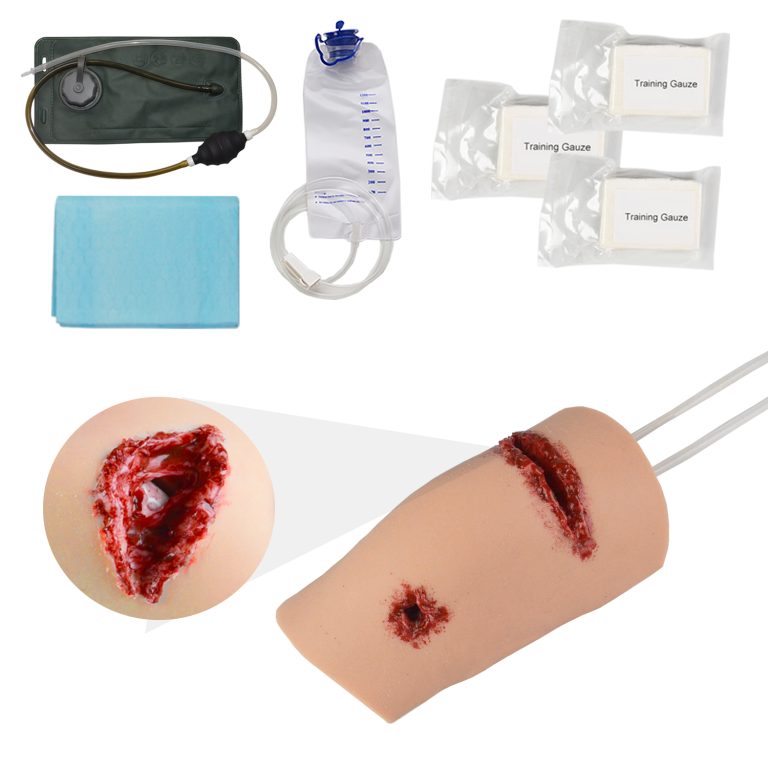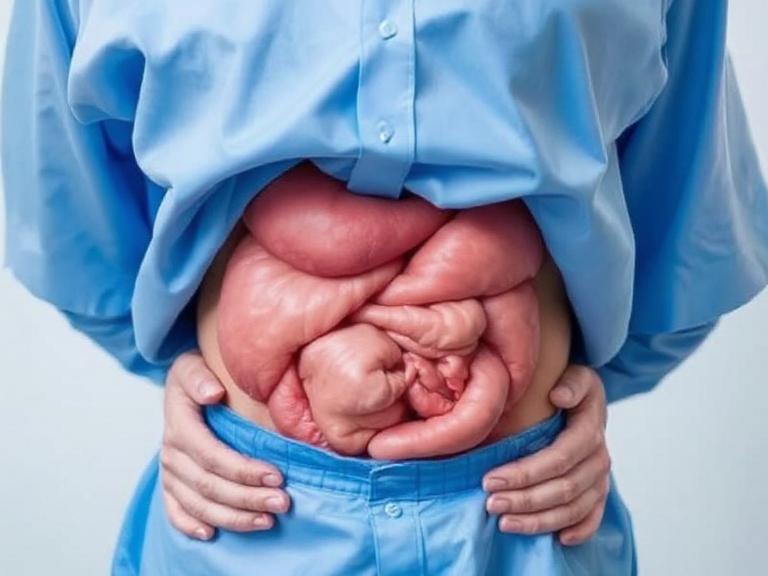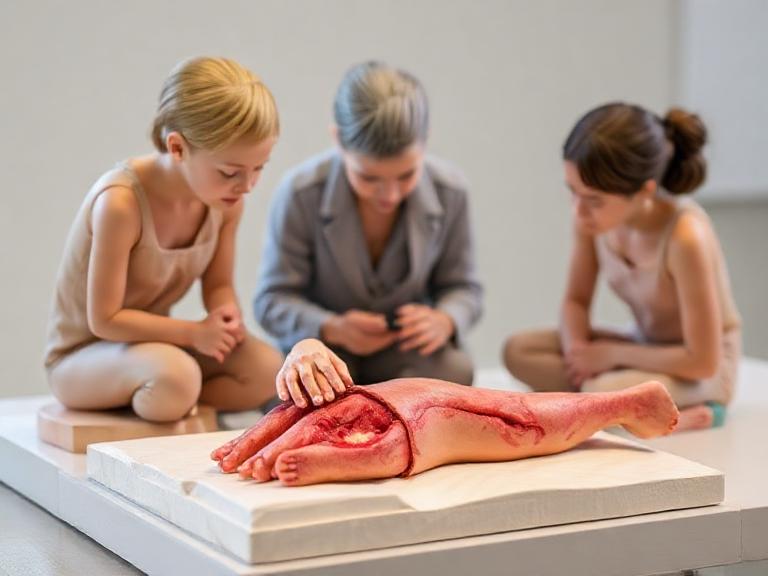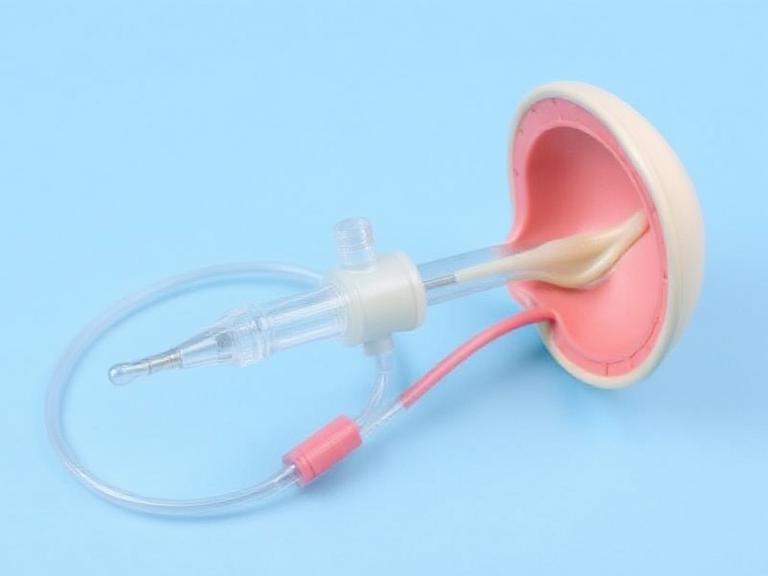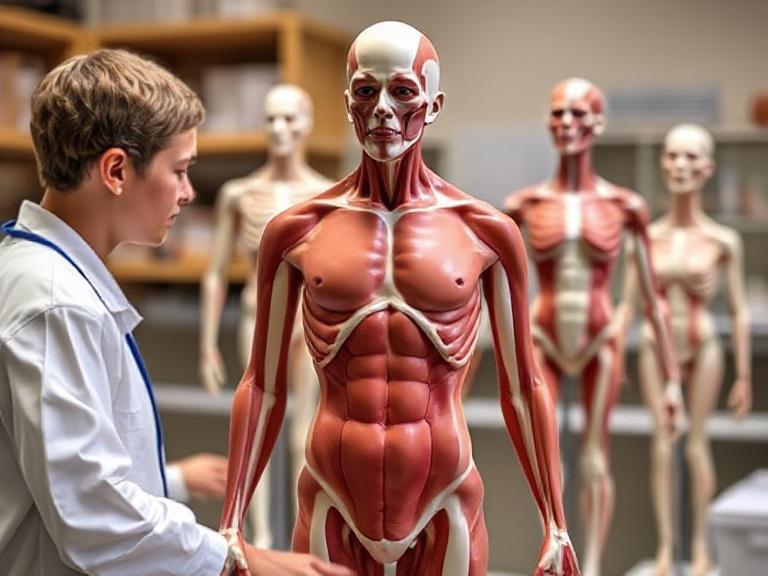Medical education is evolving faster than ever, and realistic, durable, and anatomically accurate medical models for teaching are essential for hands-on learning. Whether for nursing institutes, hospitals, or universities, simulation-based education provides students with the skills they need before they face real patients.
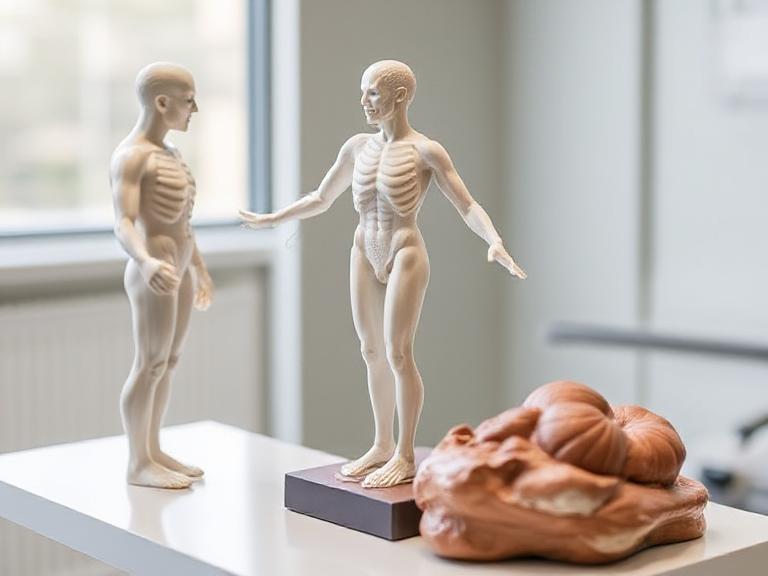
Among global leaders, Medtacedu stands out as a trusted manufacturer specializing in high-quality silicone and plastic models designed for medical, tactical, and science instruction. These models bridge the gap between theory and practice, helping educators and professionals deliver realistic training experiences.
Table of Contents
- Introduction to Medical Teaching Models
- About Medtacedu
- 5 Best Medical Models for Teaching
- Benefits of Using Medical Models in Education
- How to Choose the Right Medical Model
- Summary Table: Key Takeaways
- FAQs
- References
Introduction to Medical Teaching Models
Medical teaching models are essential tools for healthcare training programs. They allow students to practice clinical skills safely and effectively, enhancing their confidence and competence before working with real patients. These models can represent various anatomical structures, simulate medical conditions, and even demonstrate emergency procedures.
Today’s educational institutions increasingly rely on high-fidelity models that mimic human tissue and anatomy. These tools not only improve understanding but also enhance long-term knowledge retention through experiential learning.
About Medtacedu

Medtacedu specializes in producing premium silicone and plastic models for tactical training, medical education, and science instruction. With over 15 years of manufacturing expertise—and more than 6 years focused specifically on medical models—Medtacedu has earned global recognition for its innovation, precision, and quality.
What Our Products Can Do
- Tactical Training: Wound dressing models, trauma manikins, and emergency kits that help professionals master life-saving procedures.
- Medical Demonstration, Training, and Testing: Realistic silicone models for disease simulations, surgical demonstrations, and device testing.
- Science Education: Customizable veterinary and scientific models tailored for classroom or laboratory use.
- Injection Models: Specialized models for intradermal (ID), subcutaneous (SC), intramuscular (IM), and intravenous (IV) injection training.
Why Choose Medtacedu?
- Extensive Product Range: Standardized and customizable models suitable for education, resale, and institutional use.
- Decades of Expertise: A skilled team capable of turning complex ideas into precise, life-like educational tools.
- Global Reputation: Trusted by educators and medical professionals worldwide for consistent quality and innovation.
5 Best Medical Models for Teaching
Here are the top five medical teaching models that exemplify Medtacedu’s craftsmanship and contribution to modern education:
1. Tactical Training Models
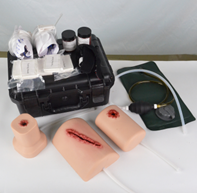
Designed for military, rescue, and emergency response professionals, these models simulate real-life trauma and critical care scenarios. The Tactical Training Models help learners practice field dressing, wound management, and rapid intervention in life-threatening situations.
- Features lifelike wounds and bleeding simulation.
- Made from durable, medical-grade silicone.
- Ideal for emergency medicine and combat training.
2. Injection Models
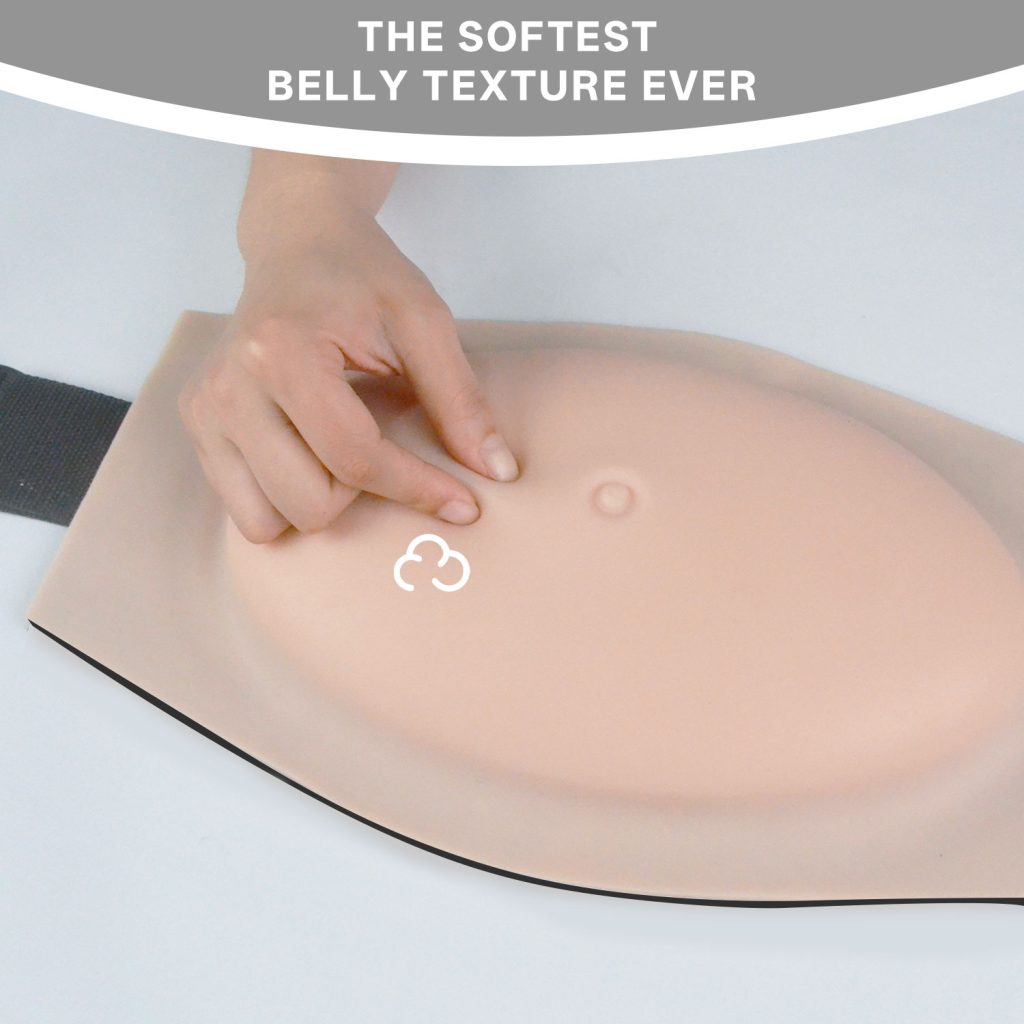
The Injection Models are indispensable for nursing and medical institutions. They allow students to perform safe and repetitive practice of injection techniques without risk.
- Includes ID, SC, IM, and IV injection training models.
- Features realistic skin resistance and tactile feedback.
- Reusable, easy to clean, and built for long-term use.
3. Beauty Injection Models
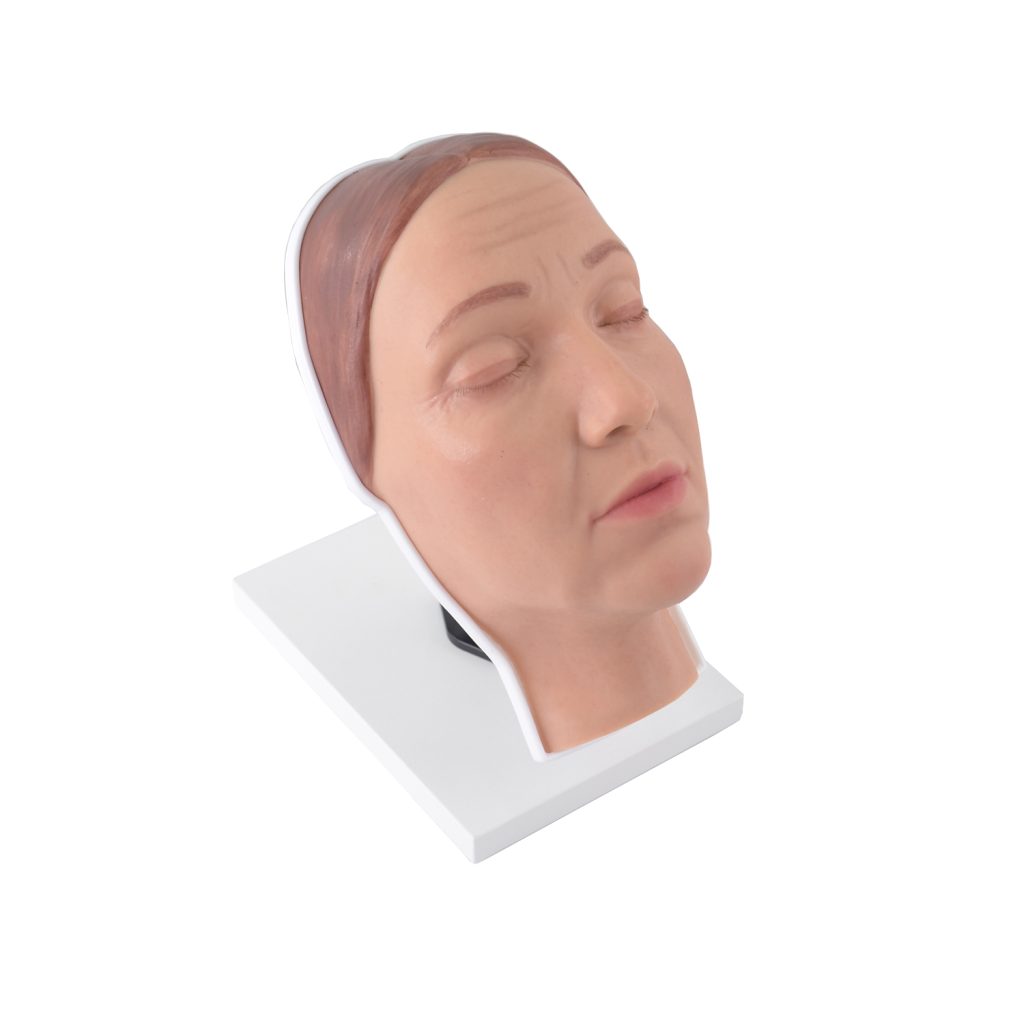
These models are designed for cosmetic and dermatological training. Beauty Injection Models enable practitioners to learn techniques for Botox, dermal filler, and facial contour injections safely.
- Highly detailed facial structures for accurate injection site practice.
- Perfect for esthetician and cosmetic medicine training centers.
- Helps improve precision and reduce real-life patient risk.
4. Medical Simulator
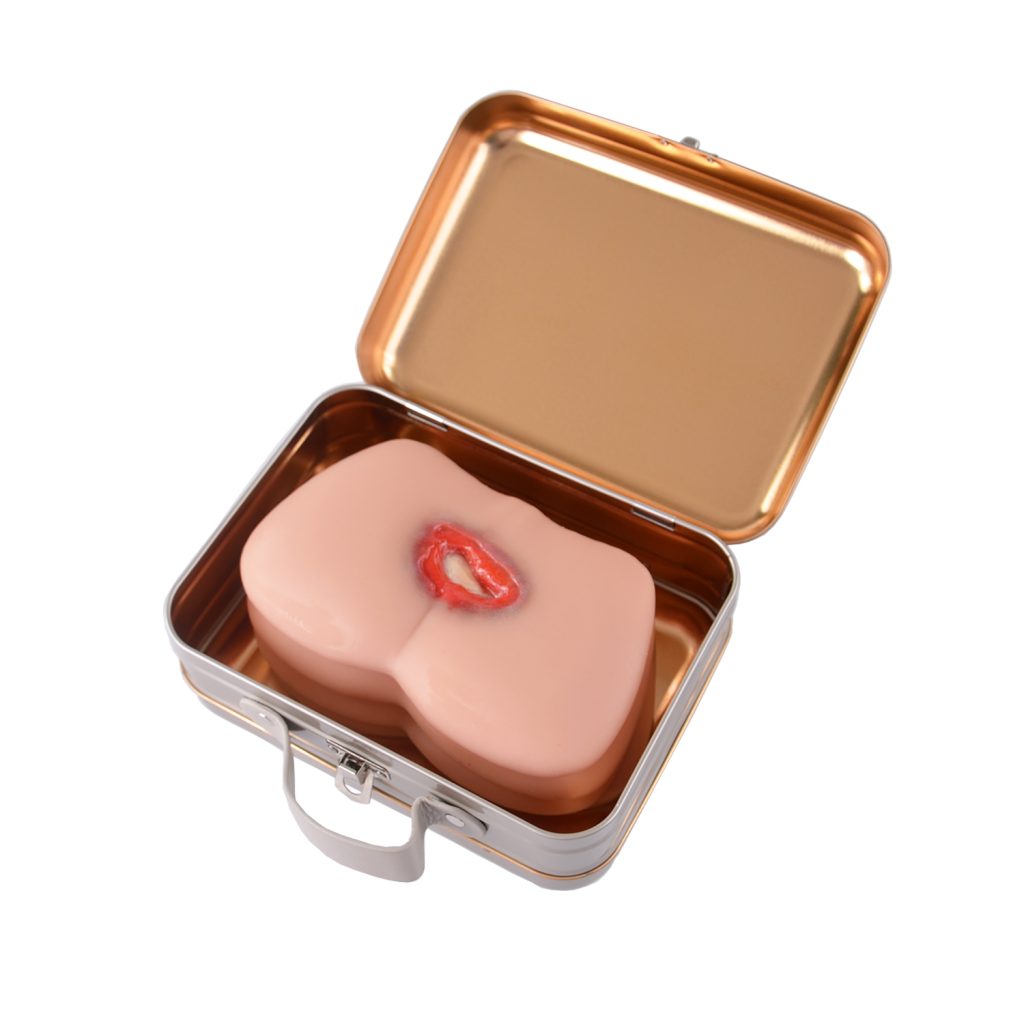
Medtacedu’s Medical Simulator line provides realistic practice for clinical procedures such as CPR, airway management, and surgical training. These simulators replicate human anatomy to offer a true-to-life experience.
- Available in full-body and partial anatomical versions.
- Can simulate breathing, pulse, and cardiac responses.
- Used in hospitals, universities, and emergency training institutions.
5. Customizable Educational Models
Medtacedu’s greatest strength lies in its ability to create customized models tailored to clients’ specifications. Whether it’s for a veterinary school or a new medical device manufacturer, the team collaborates closely with clients to bring their ideas to life.
- Custom designs to meet unique educational goals.
- High-precision molds and premium materials.
- End-to-end support from concept to production.
Benefits of Using Medical Models in Education
Using advanced medical models provides tangible learning benefits for students and professionals alike.
- Hands-On Learning: Allows repetition and practice without real patient risk.
- Improved Confidence: Enhances readiness and decision-making in clinical settings.
- Higher Retention Rates: Active learning leads to stronger long-term memory.
- Standardized Training: Provides consistent quality education across institutions.
- Safety and Ethics: Reduces dependence on live patients or animal testing.
How to Choose the Right Medical Model
Selecting the right medical model depends on your field, training objectives, and student experience level. Consider the following factors:
Key Considerations:
- Purpose: Identify whether you need models for anatomy, procedure practice, or emergency simulation.
- Material Quality: Opt for silicone-based models for durability and realistic texture.
- Customization: If your program requires specific features, choose a brand that offers tailored designs.
- Budget: Balance cost with long-term value and maintenance needs.
- Supplier Reputation: Work with trusted manufacturers like Medtacedu known for consistent product quality.
Summary Table: Key Takeaways
| Model Type | Best For | Main Features | Training Application |
|---|---|---|---|
| Tactical Training Models | Emergency Responders | Wound Simulation, Bleeding Control | First Aid, Trauma, Field Training |
| Injection Models | Nursing Students | ID, SC, IM, IV Practice | Injection & Nursing Skills |
| Beauty Injection Models | Dermatologists, Estheticians | Facial Structure Accuracy | Botox & Filler Practice |
| Medical Simulator | Hospitals & Universities | CPR, Airway, Surgery Simulation | Comprehensive Clinical Training |
| Customizable Models | Institutions & Manufacturers | Tailored Design, Premium Silicone | Specific Educational Needs |
Summary: From tactical training to facial injection models, Medtacedu provides a diverse range of realistic, durable, and effective teaching tools. These medical models not only improve training quality but also make education safer, more consistent, and more engaging for learners worldwide.
Frequently Asked Questions (FAQs)
1. What materials are Medtacedu models made from?
Medtacedu models are primarily made of high-quality silicone and durable plastic for realistic texture and long-lasting use.
2. Can I customize my medical models?
Yes. Medtacedu offers fully customizable educational models to meet your institution’s unique teaching requirements.
3. Are these models suitable for professional-level training?
Absolutely. Medtacedu’s models are used by hospitals, nursing institutes, and medical universities for advanced skill development.
4. How long do silicone training models last?
With proper care, Medtacedu’s silicone models can last for years, maintaining their form and tactile realism even after repeated use.
5. Where can I buy Medtacedu models?
You can explore and purchase directly from the Medtacedu Official Website or through authorized distributors.

